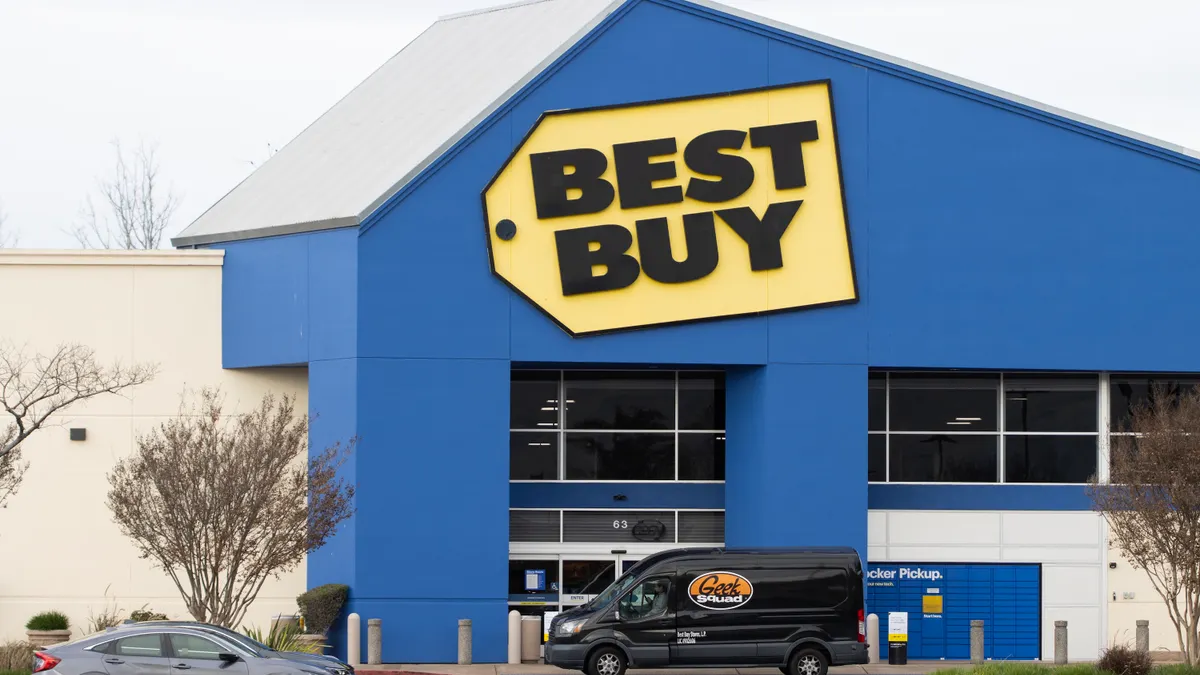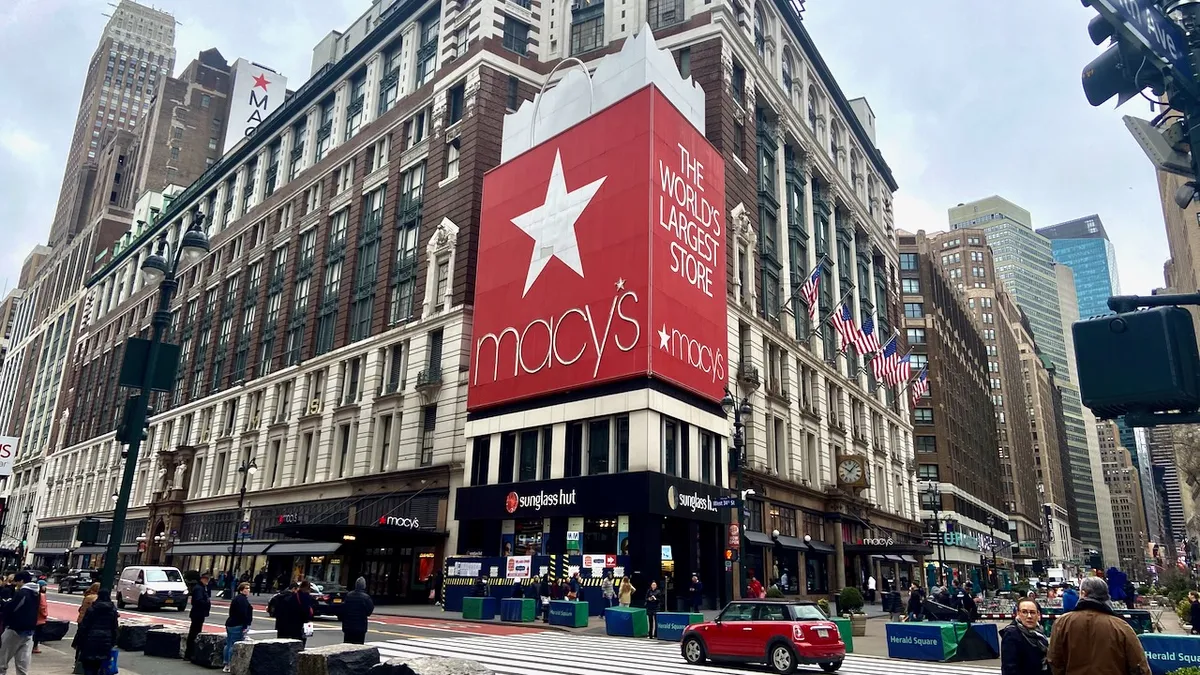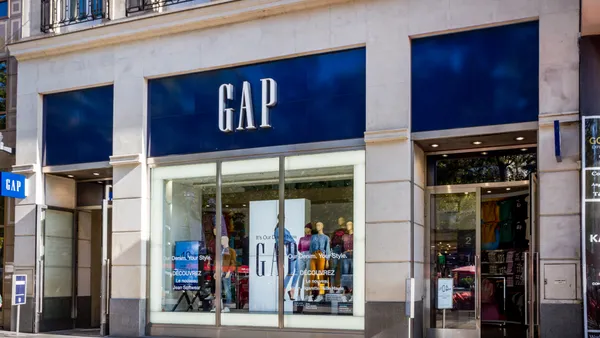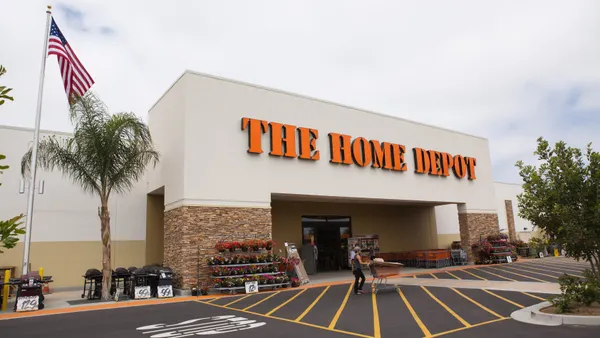Dive Brief:
- Best Buy has partnered with Uber Eats to offer on-demand delivery and scheduled drop-offs, Uber Technologies announced Tuesday.
- Within the Uber Eats app, Best Buy shoppers can order a variety of electronics, appliances, gaming items and other products and have them delivered, the company said.
- Best Buy will offer deliveries from more than 800 stores. Uber One subscribers won’t have to pay delivery fees on eligible orders, per the release.
Dive Insight:
Best Buy’s deal with Uber will enable shoppers to receive their tech items as quickly as they’ve become accustomed to with other product categories, Hashim Amin, head of grocery and retail for North America at Uber, said.
“With this partnership, Uber Eats and Best Buy are making it easier than ever for customers to access the latest technology, whether it’s a necessity or something fun,” Amin said in a statement. “We’re thrilled to help bring Best Buy’s trusted assortment into the on-demand economy.”
Best Buy joins the ranks of other major, non-food companies that began tapping into Uber’s delivery infrastructure this year, including Home Depot and Dollar General.
Best Buy debuted a third-party digital marketplace in August, which doubled its product assortment. The marketplace featured a range of new and expanded brands and categories, including small appliances, seasonal decor and indoor and outdoor furniture. The assortment includes products from brands like Martha Stewart and Beach Camera, and will soon include licensed sports gear from Fanatics.
As Best Buy rolls out new delivery and marketplace offerings, the tech retailer acknowledged the influence of tariffs on its business. In its second-quarter earnings last week, the company reported a 1.6% bump in revenue from the year prior to $9.4 billion. Comps saw a 1.1% increase year over year, a trend driven by computing, gaming and mobile phones.
Best Buy CEO Corie Barry noted that the retailer has worked to reduce product costs on Chinese goods since March. After lowering its full-year guidance in its Q1 earnings report, the company maintained its full-year guidance in its Q2 report based on the impact of changing tariff policies.













